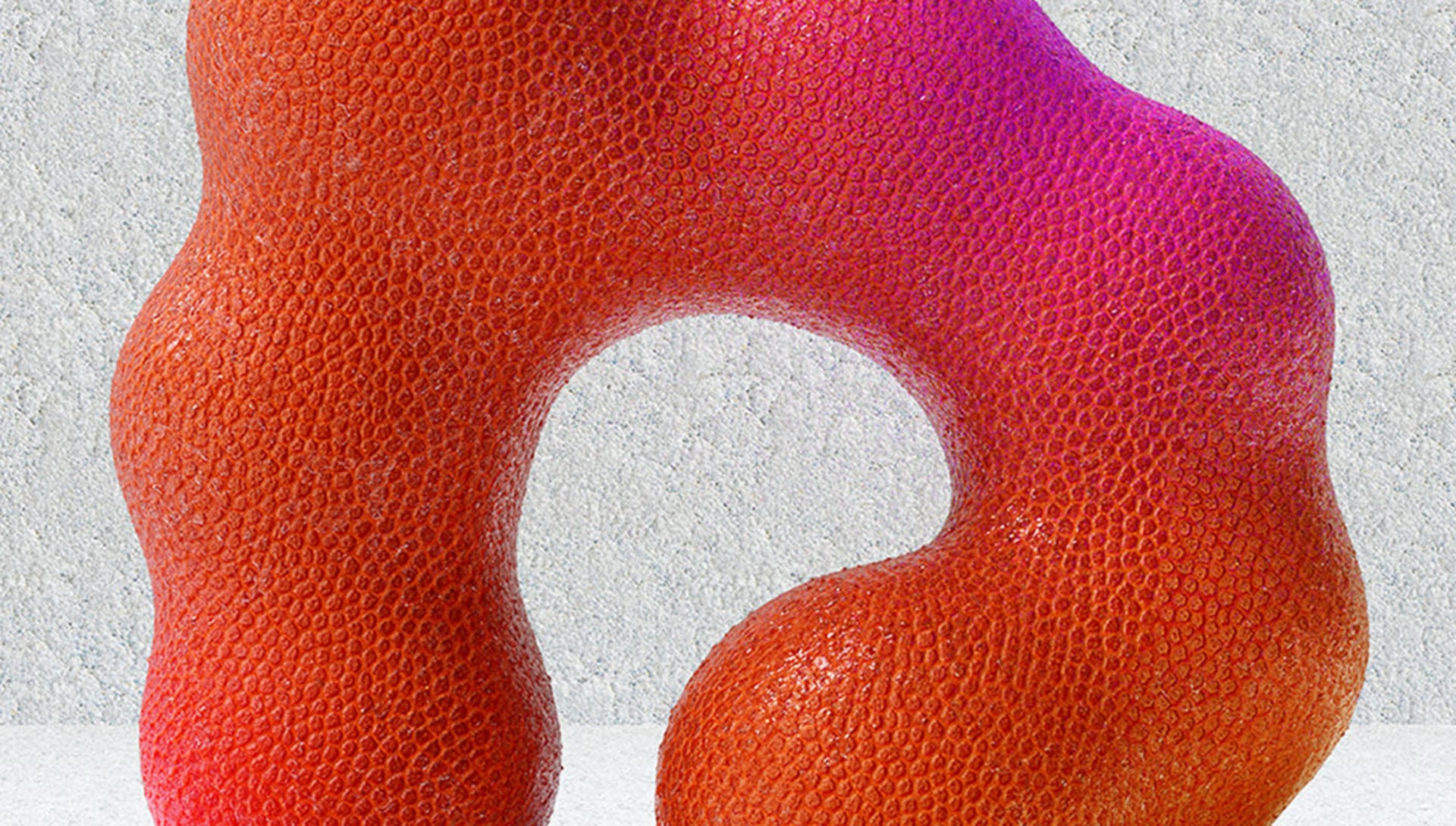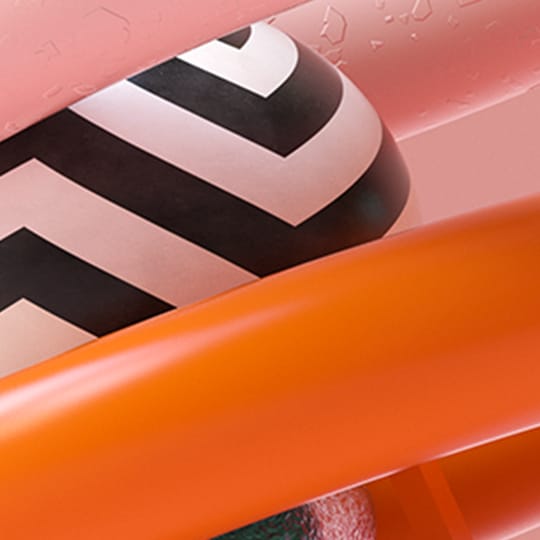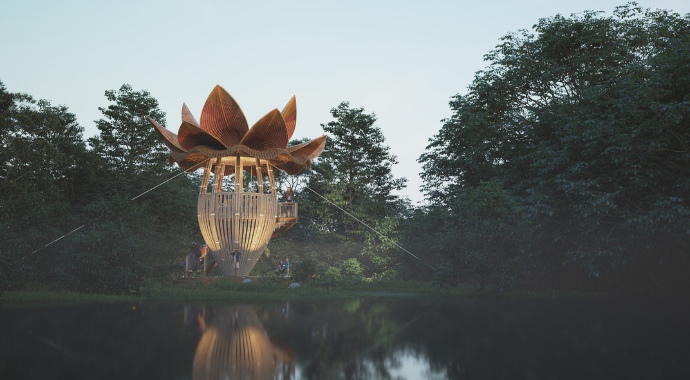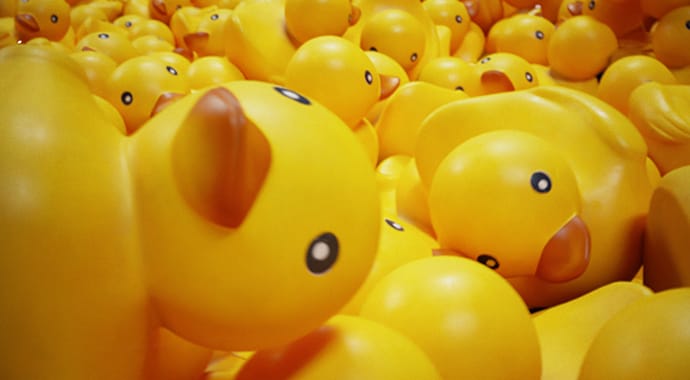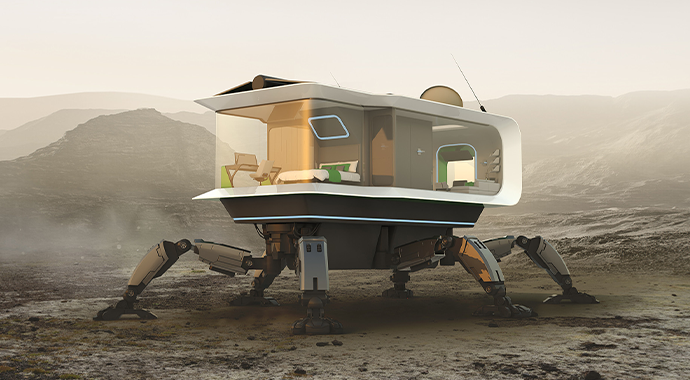Playing with letters: 3D artist Tanya Kar takes us on a journey of exploration in her “36 Days of Type” project, brought to life with V-Ray for Cinema 4D.
If letters could jump out and speak, what would they say? According to 3D artist and visual designer Tanya Kar, they’d probably land on our shoulders and tell us a knock-knock joke! In her work, Tanya strives to offer the viewer a sense of comfort, joy, and a fresh perspective on a given topic — an overall warm and fuzzy feeling that’s often hard to find in our fast-paced world.
Currently, she's experimenting with new techniques in V-Ray for Cinema 4D, stretching herself in different directions, eager to explore whatever comes her way. To get a better understanding of her fearless approach to visual storytelling, we invited her to share the process behind one of her most daring projects, 36 Days of Type.
But before we dive in, we invite you to share your favorite renders with us. Maybe you could become the next artist in our Artist Spotlight series!
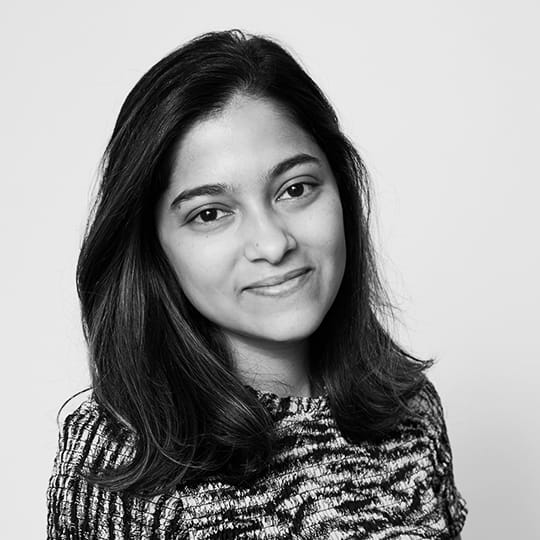
About Tanya
Tanya Kar is a visual designer from India, currently working at IDEO. She defines herself as spirited, expressive, and multidimensional and strives to bring her personality into her work. She's a self-confessed glutton for brand and packaging design, 3D illustrations, and typography and is humbled to have had her work recognized by Adobe, Behance, PRINT, Slack, Graphic Design USA, and Pentawards.
Tell us a bit about yourself and your artistic journey. How did you enter the world of 3D?
As cheesy as it sounds, I remember being completely in awe of 3D when I saw some of the work my peers were creating. They were extraordinary. There was a sense of surrealism, magic, and unexpectedness, and I was hungry to try my hand at it. Fast forward to today, I still feel like a novice because there are a plethora of tools and techniques that I’m not even aware of, but learning 3D has definitely been one of the best decisions that I’ve made.
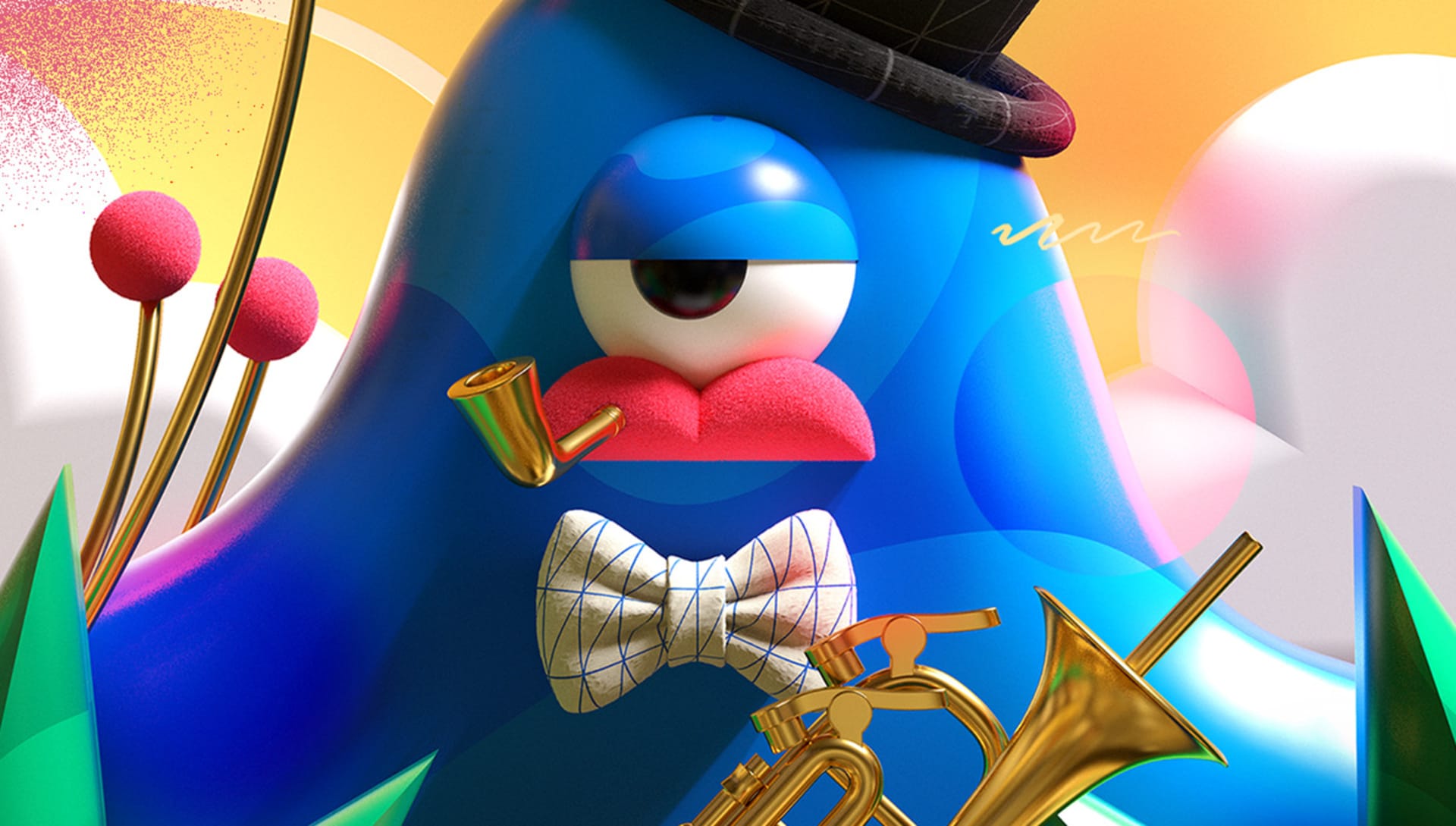
"36 Days of Type" is a great example of growing a community of artists with a challenge that inspires creativity. Do you often join such projects? How important are challenges and competitions to your growth as an artist?
I love these projects because they push me to stay consistent and sincere with my work and allow me to get better at my craft. That being said, there have also been times when I’ve been unable to take time for passion projects or haven’t been diligently creating. I firmly believe that practicing your craft regularly takes you a long long way and it’s all about flexing those design muscles and staying motivated to create something – no matter how big or small, and it definitely doesn’t matter if it’s even successful or not.
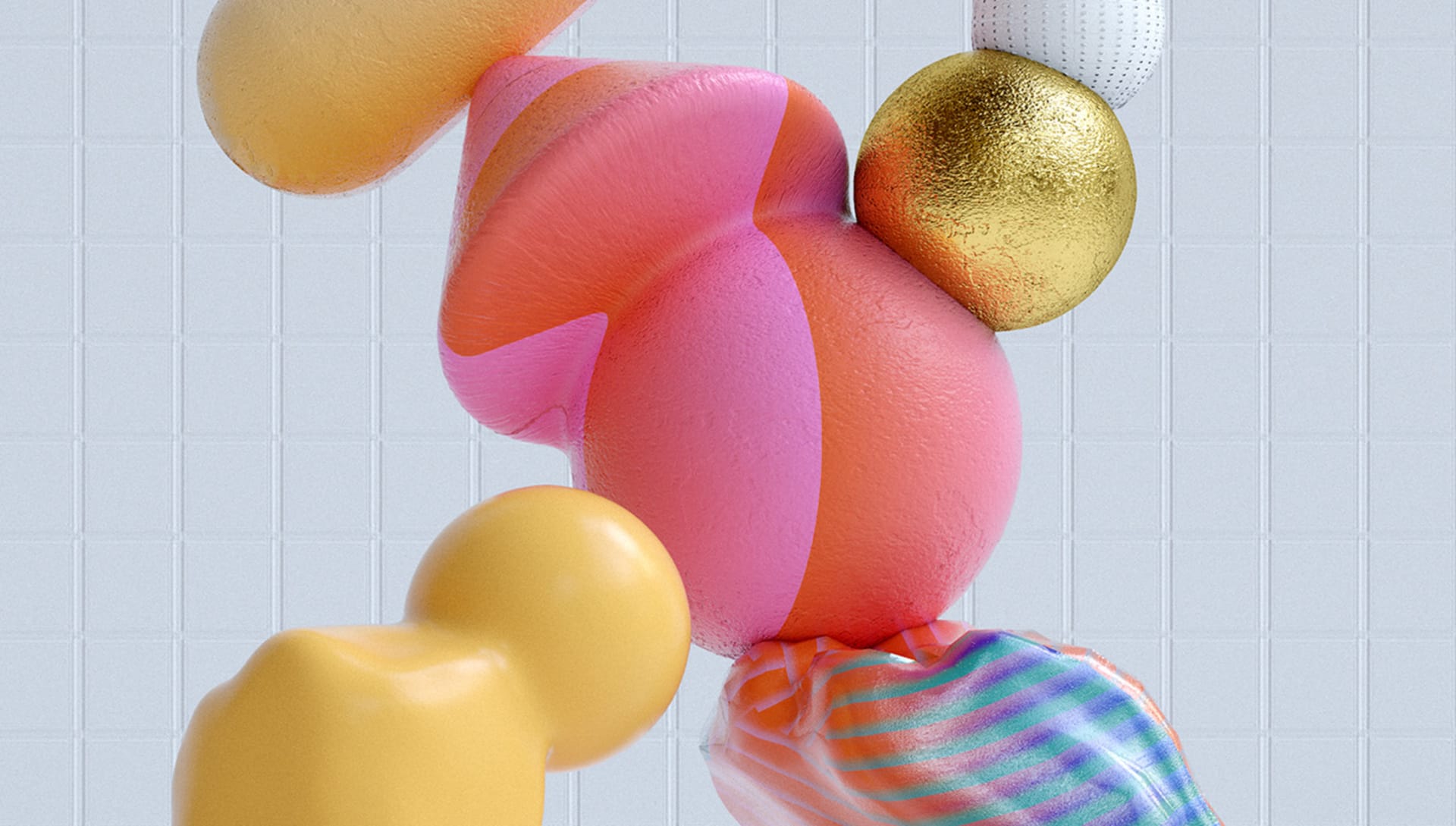
What V-Ray for Cinema 4D features did you use in creating your typography?
I’m a big fan of the Volume Builder and Mesher tools on Cinema 4D and I’m forever nerding out on those! Apart from that, I love playing with V-Ray Fur, Boole, cloner tool, and metaball. I love using a combination of V-Ray Dome Light and HDRI maps to create my light setups.
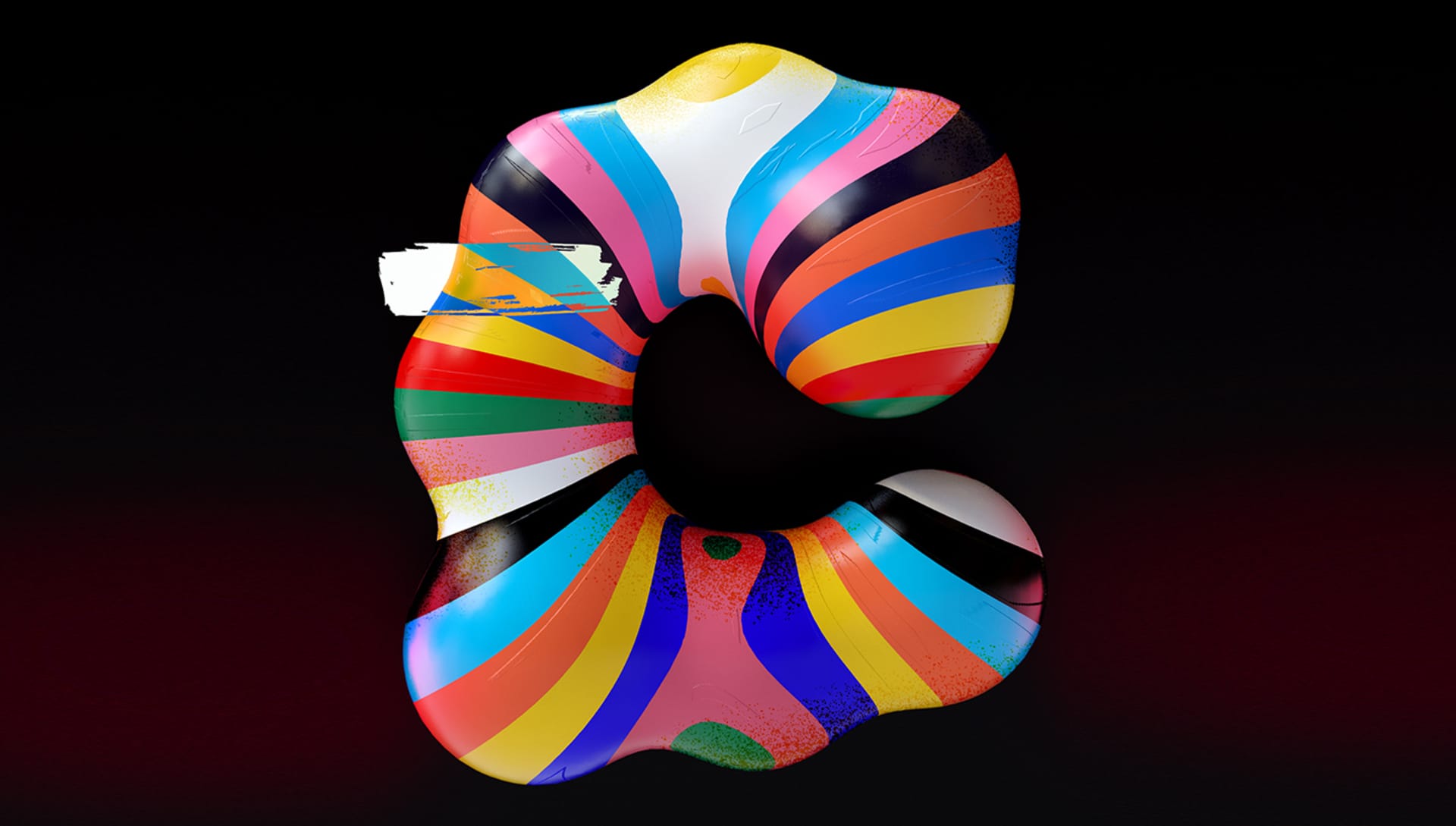
Each letter is so unique and there’s definitely a sense of movement and personality to each one. How did you come up with all the different forms and the composition?
In all honesty, I took it one day at a time and allowed my mind to be fluid, to go with the flow. I kept the theme pretty broad because my focus was on learning different tools and techniques of V-Ray and Cinema 4D. On most days I sketched my idea before diving into 3D, but on other days, I tried to repurpose some of my work and see if I could bring a new perspective to it.
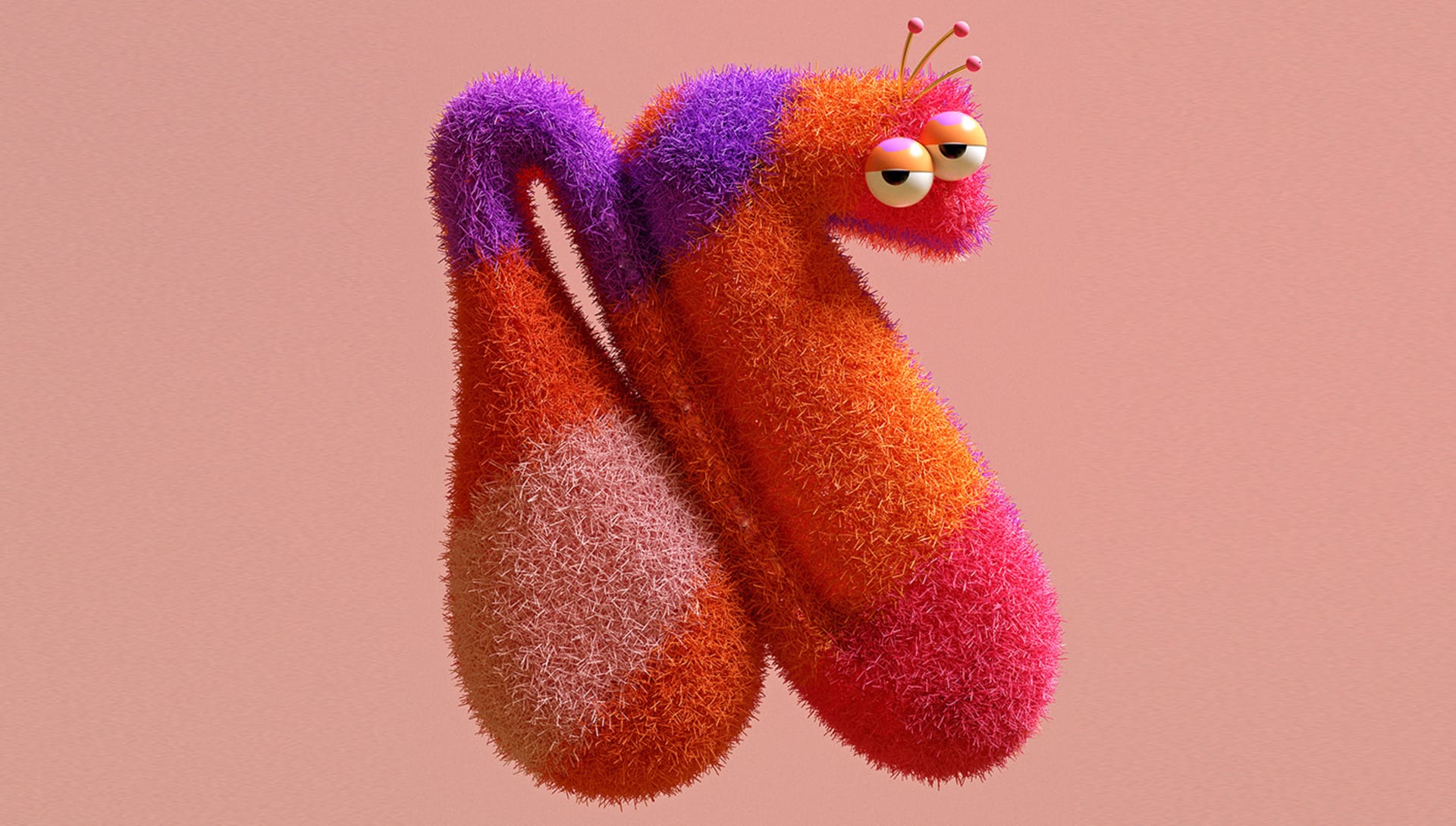
What were some of the materials and textures you used for the different letters? How did you set up their parameters?
My go-to material is fur because of how warm and fuzzy it makes you feel. I also found inspiration in ubiquitous textures such as concrete, brick, fabric, tiles, wood, and metal. The bigger idea was to create fun, energetic, surreal scenes but make them feel tactile and texturally exciting!
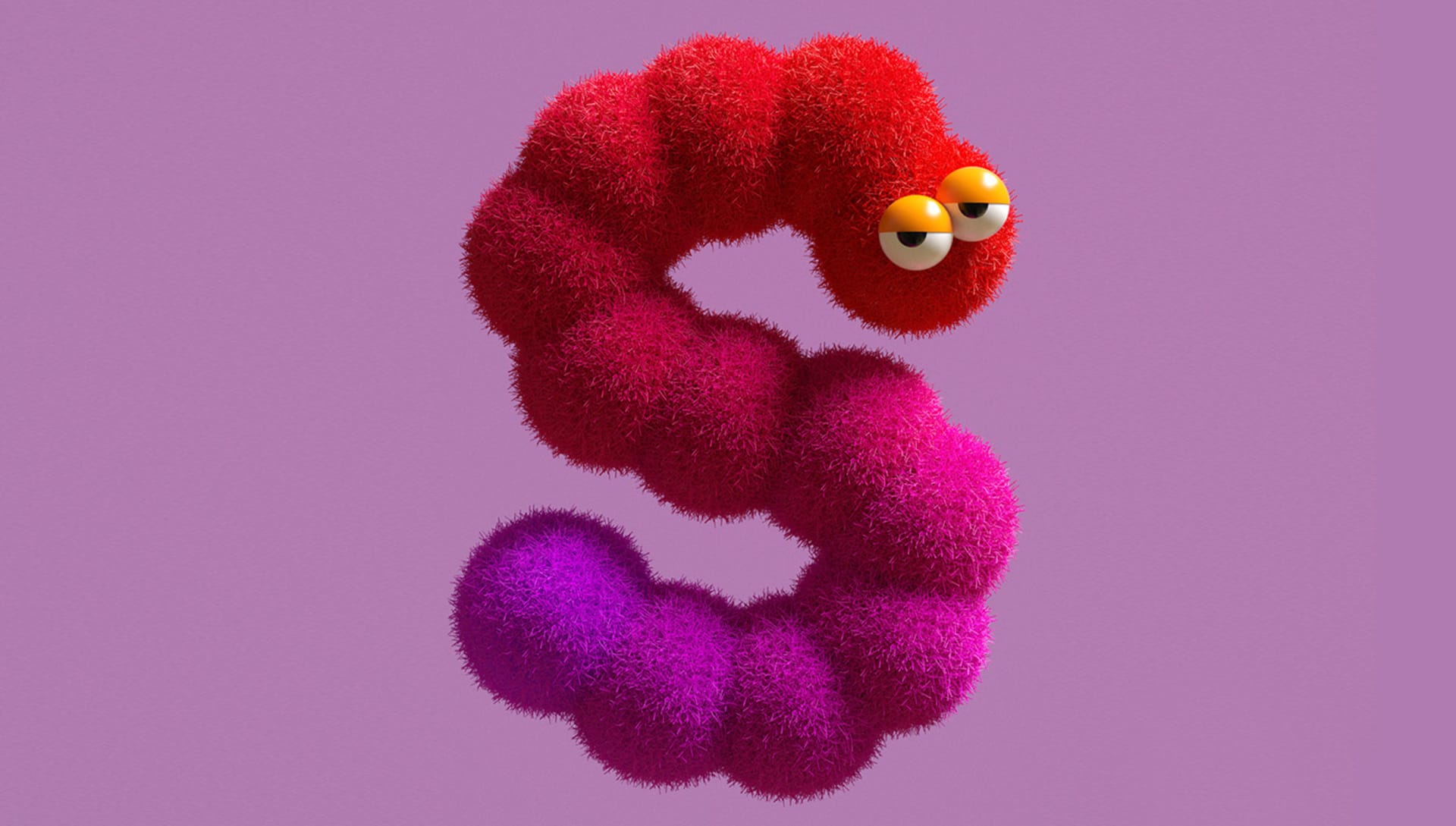
How do you choose your color palette?
I found joy and comfort in vivid and spirited colors during the pandemic and ever since then, it has stuck with me. I love candy colors with rich, deep saturations and sometimes pair them up with neutral tones. I’m particularly fond of colors that remind me of desserts, look like sunsets, and give you a burst of energy.
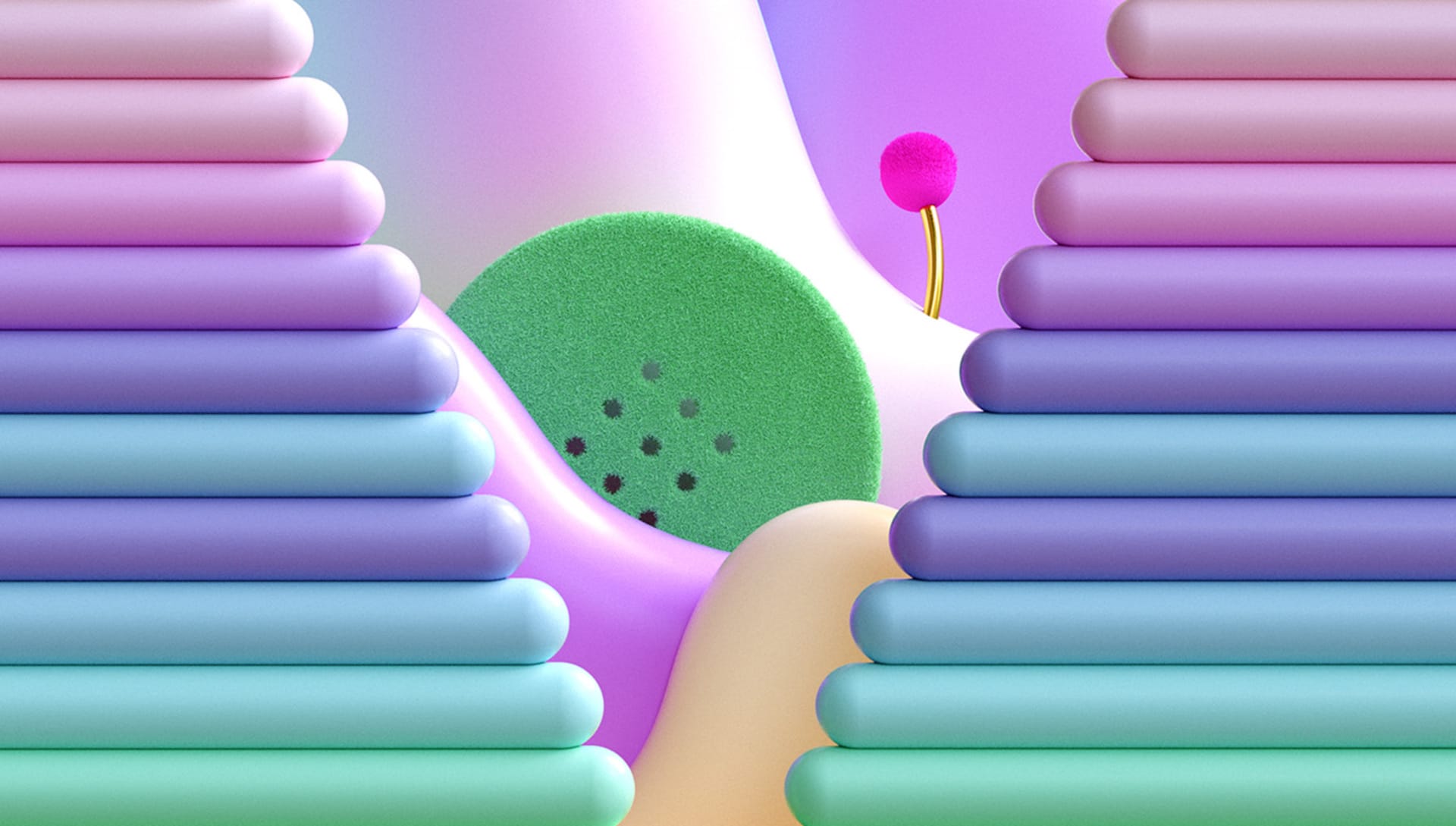
Have you tested out any of V-Ray 6’s new features?
I use V-Ray 5 and its VFB interactive rendering all the time! I’m excited to try the other features as well.
What do you think of the phrase, “steal like an artist”? Where do you take inspiration from and how do you find your own style?
“Steal” never resonates with me… it just feels wrong. While I agree that the designs out there are saturated and everything has been created before (well, almost), it is possible to find something new through unexpected pairings or juxtapositions.
I’ve been obsessing over design books lately, watching interviews, and trying to get a peek inside the minds of talented and hardworking designers. Sometimes I take inspiration from whatever I see, other times people are my inspiration, whether it’s something they wore or the way they do their hair or even something they said. I try to create concepts from phrases or quotes that I’ve heard or pair opposite ideas together.
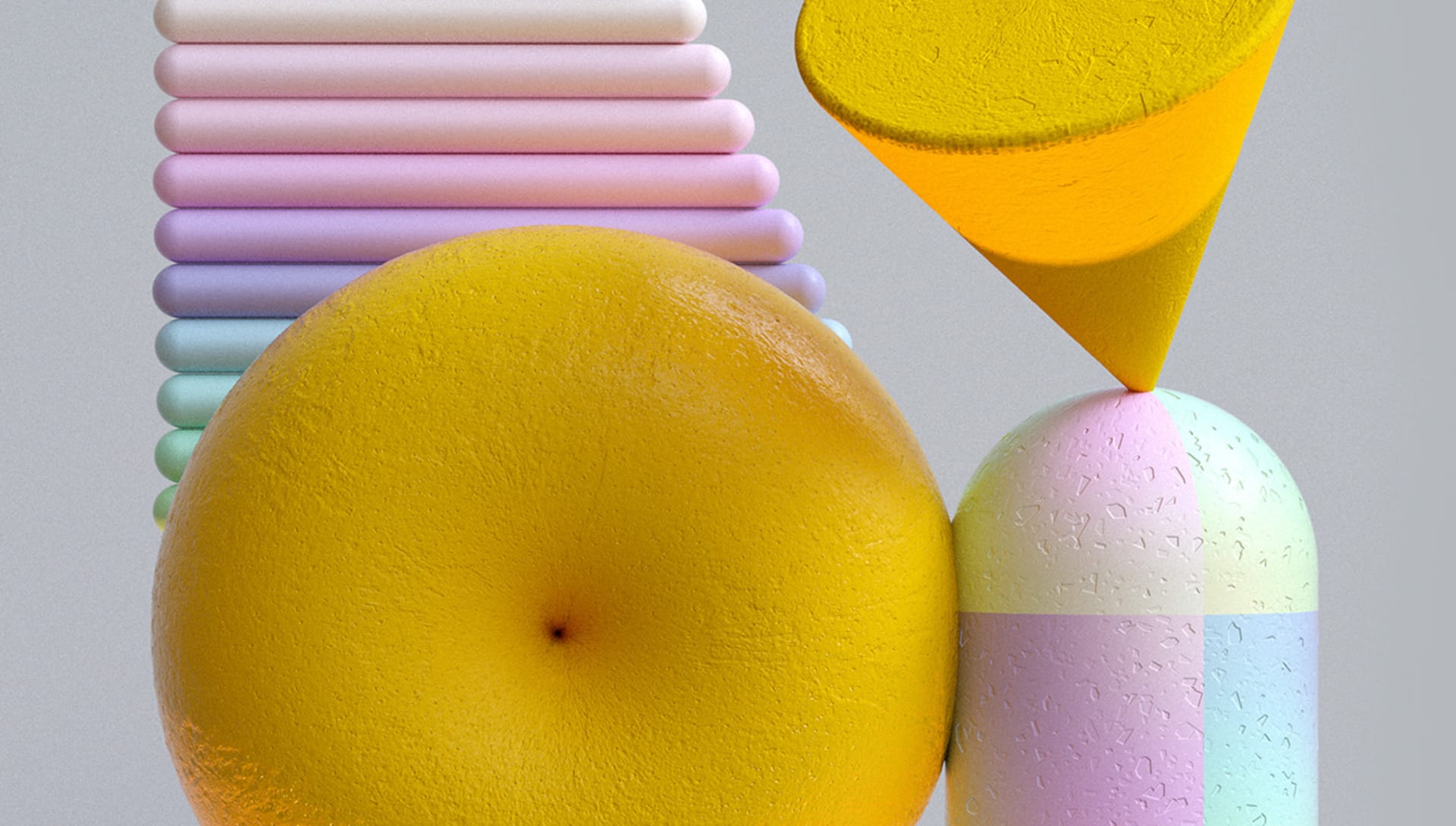
When faced with the task of having to critique the work of a fellow 3D artist, what are the first things you look at? How do you approach the conversation?
I follow a “sandwich approach” of providing feedback – having the conversation around areas of improvement placed between the positive comments. I find it important to look at what’s working first, whether the story behind the idea, composition, textures, or even color. I think it’s valuable to understand how the work makes you feel. Is it evoking a certain emotion? Then slowly moving to define areas of growth or opportunities where the work could shine even more. I believe it all boils down to whether the work creates a lasting impression and is definitely successful if you have something to take away from it.
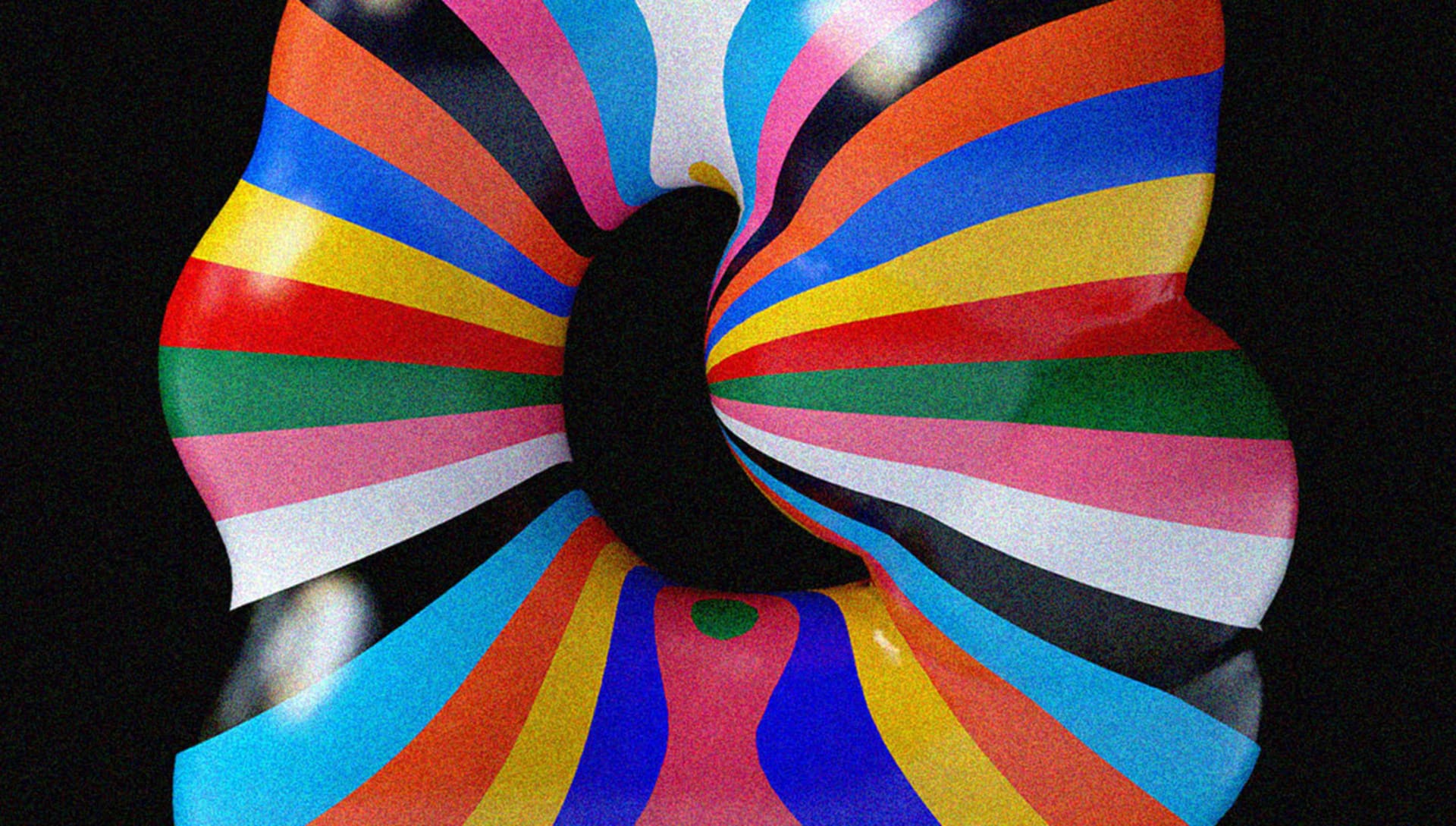
How can artists build better self-esteem and overcome the fear of failure and imposter syndrome?
To be completely honest, the fear of failure is very real. But if you let it consume you, it doesn’t do you any good. It’s okay to be aware of it, and acknowledge it, but it’s also important to move beyond it. Having an iterative approach helps because, in the process of experimenting, you’re bound to discover designs that are successful. I feel another resource is to simply reach out to other designers, get to know them, have candid conversations with them, and bond with them over work or professional goals. That not only makes you feel heard but allows you to be more visible in the design community.
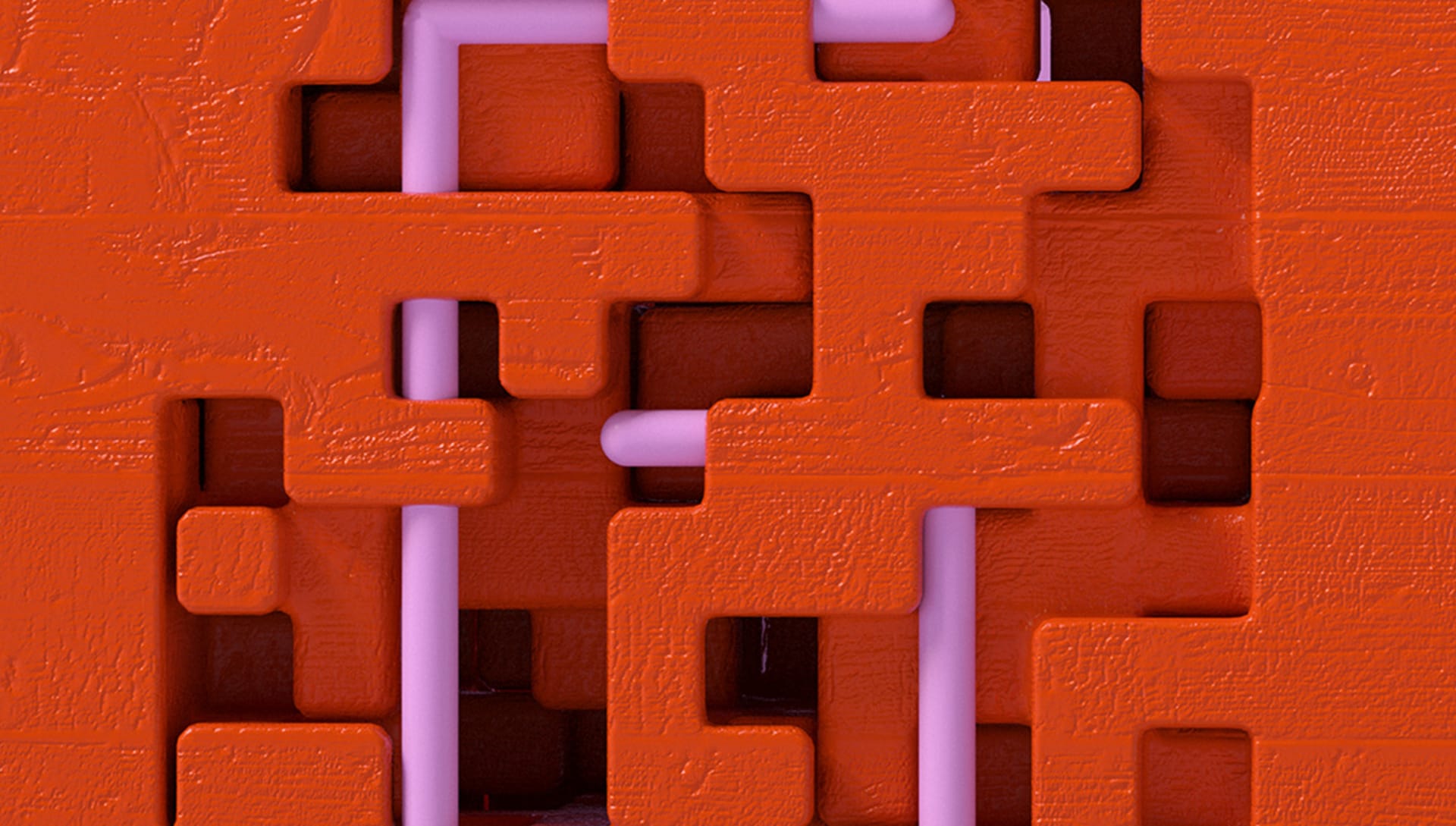
Who is the last artist that really inspired you?
Lisa Odette really motivated me to take my art seriously. You should check out her work here.
Do you have a mentor or friend that you admire and respect? How did they motivate you to keep going?
Yes! These are the people who give me energy and help me stay motivated and my twin, Priyanka Kar, is one (and the most important) of them! She helps me in all kinds of ways imaginable, whether being a fresh set of eyes and providing honest feedback on my work, or being my hype buddy and cheering me on, sometimes asking me to step back and take it easy, and often even jamming with me and helping me brainstorm new ideas.
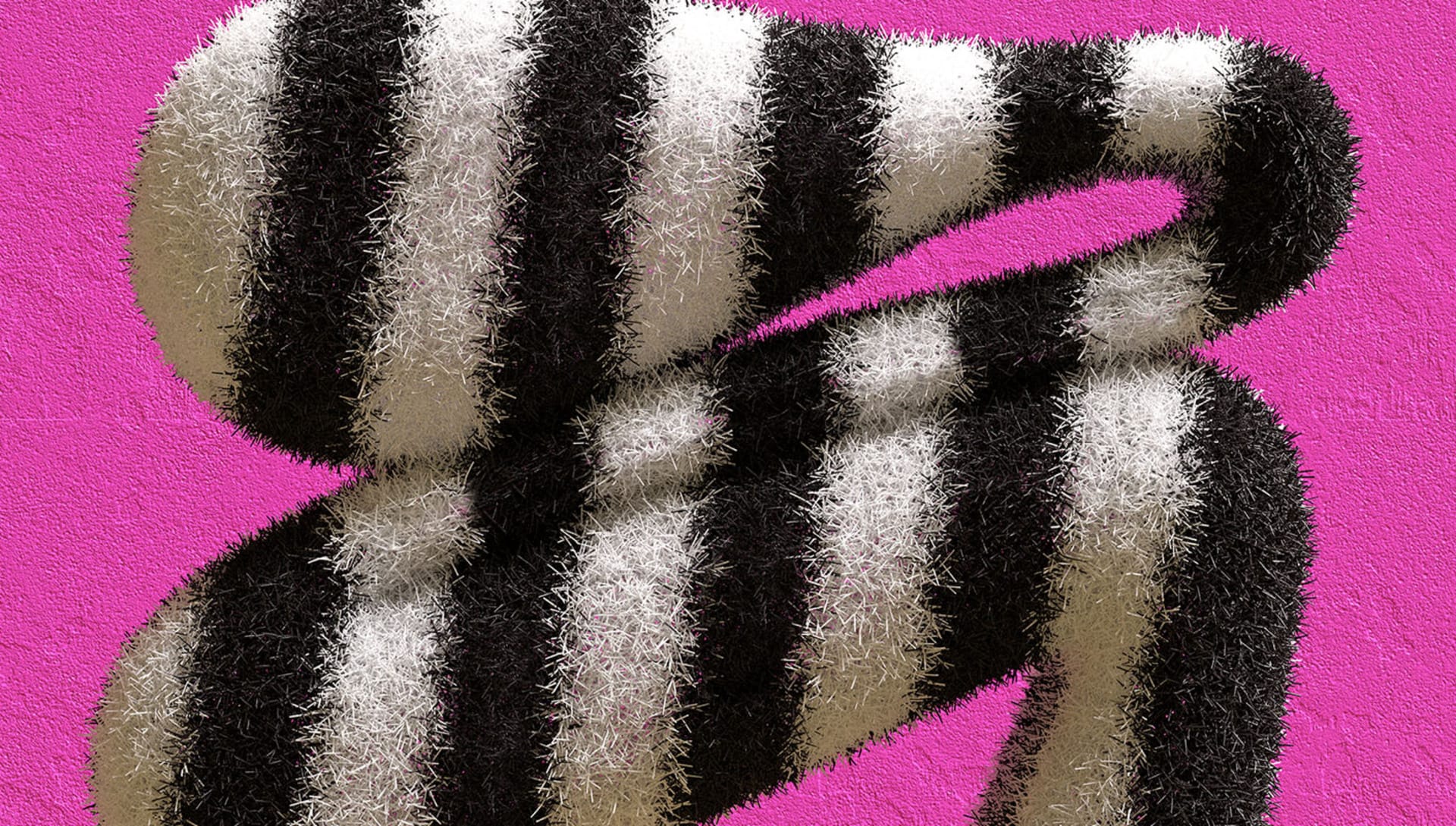
What projects do you have lined up next?
I’m working full-time as a visual designer at IDEO and simultaneously learning some new 3D rendering techniques. I hope to create a passion project soon!
